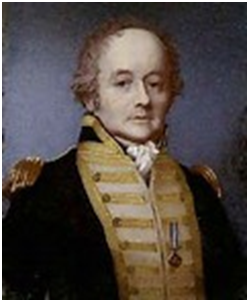
14. Names of Significant People in the Early settlement of Australia.
|
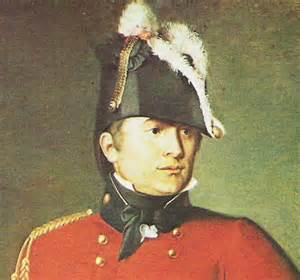 Major Robert Ross |
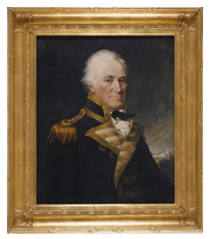 Captain John Hunter |
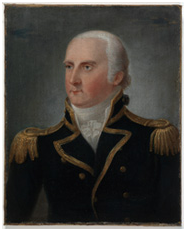 Philip Gidley King |
|
|---|---|---|---|
|
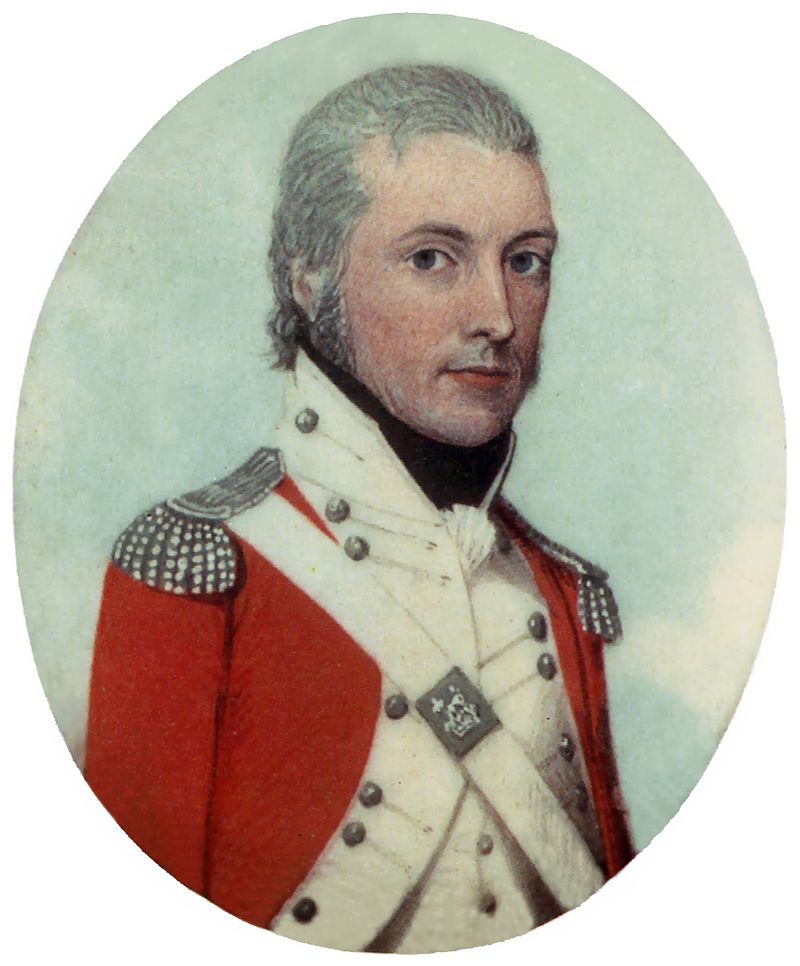 Lt. Watkin Tench |
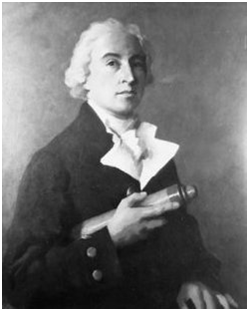 Dr George Bass |
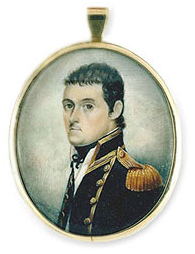 Lt. Matthew Flinders |
|
|
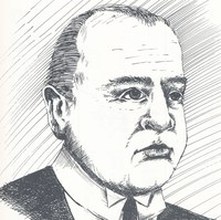 James Ruse - Ex Convict |
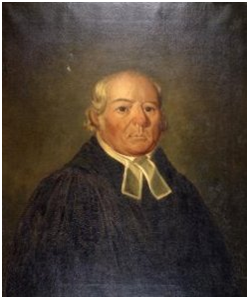 Reverend Samuel Marsden |
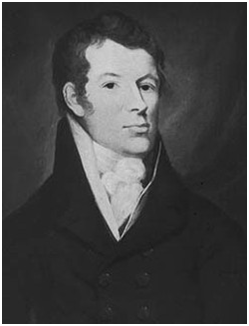 Captain John Macarthur |
|
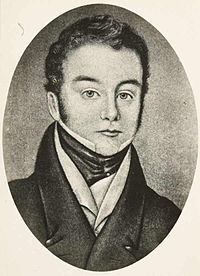 Lt. John Bowen |
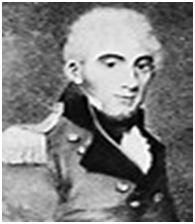 Lt. Col. David Collins |
|
|
|
|
FIRST Lt. Governor. Major Robert Ross of the Royal Marines.

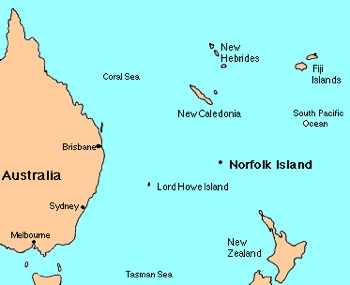
Sad to say, but this very experienced Officer, who had fought in North America especially at Quebec, and who had been taken prisoner by the French, proved to be a “thorn in the side of Arthur Phillip” so much so that he was sent to Norfolk Island as Governor. Away from the settlement at Sydney Cove.
Captain John Hunter

John Hunter sailed with the First Fleet as Captain on board HMS Sirius, under the Cpmmand of Arthur Phillip.. Once at Port Jackson, Hunter undertook surveys in the harbour and around the coast, at the request of the Governor Arthur Phillip. He records in his journal his surprise at the size of the indigenous population which belied the notion of terra nullius. In October 1788, the Sirius, under Hunter’s command, returned to the Cape of Good Hope to buy emergency supplies for the colony. They arrived back at Sydney Cove in May 1789.He was assigned to run Norfolk Island. Unfortunately the Sirius was “sunk” at Norfolk.
Hunter returned to England, and In England he was court martialled for the loss of the Sirius. at Norfolk Island in March 1790, and honourably acquitted. In February 1795 he was appointed Governor of New South Wales to succeed Phillip though he did not return to the colony to take up his new position until September.

Philip Gidley King’s journal is contained in two volumes. It covers the voyage to New South Wales, the voyage to Norfolk Island and events there, a vocabulary of 'The New Zealanders language', and an account of a voyage from Norfolk Island to New Zealand. King’s journal was published in part, with the journal of John Hunter, in 1793.
In February 1788, shortly after arriving in Sydney Cove, Philip Gidley King sailed for Norfolk Island under orders to found a settlement there. On 6 March 1788 King formally took possession of Norfolk Island in the name of King George III. This was to prevent the possible annexation of the Island by France
While on Norfolk Island, King formed a relationship with Ann Inett, a convict woman. They had two sons, Norfolk and Sydney. Both boys were educated in England, and like Phillip Parker King, his legitimate son, became officers in the Royal Navy.
King was appointed third Governor of New South Wales in 1799 taking over from Hunter in September 1800.



In 1795 Flinders sailed to Australia as Masters Mate on the Reliance. On that voyage he became a firm friend of Dr. George Bass, and also became familiar with the New Governor John Hunter.
In Australia he sailed with Bass and a young boy servant of George Bass, on Bass's rowing/sailing boat TOM THUMB to the Illawarra district. Then with Bass he circumnavigated VDL, confirming the Strait between Australia and VDL.
His return to England was interrupted by his vessell that he was on running aground. later when he set sail for England he had to call in at Mauritious, where he was interred by the French for 6 years.
xxxxxxxxxxxxxxxxxxxxxxxxxxxxxxxxxxxxxxxxxxxxxxxxxxxxxxxxxxxxxxxxxxxxxxxxxxxxxxxxxxxxxxxxxxx

Reverend Samuel Marsden arrived in Australia in 1794
He was a Man who punished, the Convicts severally, and become known as” The Flogging Parson.”
He probably started the Wool Industry in Australia, by supplying and promoting Australian Wool in Northern England.
In 1802, he received 200 acres of Land from Governor...................., added to the acreage and by 1805 had 1000sheep, 44 cattle, and 100 pigs on a property close to Parramatta.In 1808 he had wool from his own sheep made into a suit that impressed King George3rd, so much so that he was given a present of Merino sheep from the Windsor, Stud in England.
In John Hunters time as Governor of Australia, Marsden established his reputation as an extremely intolerant and severe Magistrate.
Eventually Marsden made many visits to New Zealand to effect a Religious Cover over the New Zealand Maoris.
Governor Sir Thomas Brisbane eventually suspended Marsden as a Magistrate.
Governor Darling in 1826 appointed him to the Board of Management of the Sydney Female Factory.

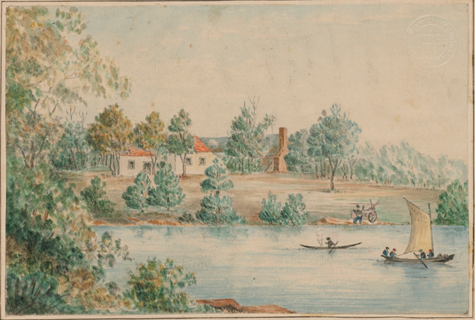
Our early history books seem to be full of Captain John MacArthur, and his masterminding of the deposing of Governor Bligh. He appeared as a self Centered egotist?—Ruthless Entrepreneur—Instigator of at least 3 Duels, and twice spent a lot of his “Australian time” in England defending charges and cooking up enterprises—appointed to the NSW Legislature, and then removed from NSW Legislature because of his disruptive ways, he died Insane at Camden one of his properties in the South West of Sydney.
MacArthur allways on the lookout for money making enterprizes, had to wait awhile in Sydney, until Captains Waterhouse and Kent, sold in Sydney the Merino sheep that had survived the sea voyage from South Africa to Sydney. The sheep had been purchased from the South African Dutch Governor, at the suggestion from Captain Phillip Gidley King, who was at South Africa awaiting a Ship that would take him to England. In 1804 MacArthur purchased 7 Spanish Merino Rams and 1 Ewe from King George 3rd.
Instructions and results, by “mail” took a long time to arrive on the Sailing Ships. The Australian seasons would have been either too late or too early to put some “instructions” to the test. Some of the instructions, would have related to growing the flocks, cleaning the wool, and packing and presentation, as well as sending cheques to him for his living expenses and debts.
After his first return after being away 5 years, he came back to Australia, with the blessing of several of England’s ruling persons, with authority to develop the Australian Wool Trade. Wool was an important source of clothing. The Napoleonic Wars had severally restricted England’s ability to purchase this commodity. The Reverend Samuel Marsden was the first person to sell Australian Wool in England.
MacArthur would have come back to Australia, from England, the First time, knowing he had high placed supporters in England, and a basic plan how to expand his empire. Maybe even how to restrict the powers of the Governor General. It appears both ex Governor’s Hunter and King, wanted the position of Governor again.
His leading part in getting Major George Johnston to instigate the arrest and deposition of Governor Bligh, (known as the “Rum Rebellion”) also his machiavellian use of Major Foveaux, led to accompanying all participants back to England to explain why the Bligh overthrow took place, meant he was absent from Australia for another 9 years, because he would have faced arrest for his part in the Governor Bligh removal.

James Ruse. Convict. First Fleet b -d
He had farming experience in England, so after his sentence had expired, he was able to convince Governor Arthur Phillip, that he could grow crops.
That led to his being given land in the Hawksbury area, from which the small amount of produce, helped Governor Arthur Phillip, in being able to keep ALL persons in the Penal Colony in food.
The Second Fleet and subsequent ships carrying convicts was financed and run by Business Men. The Convict arrivals, in very poor condition, had placed enormous strain upon Phillip, in feeding the Colony.
Perhaps Ruse was just a simple farmer. He was able to buy and sell land BUT in 1797 he was before a Court for running a gambling school.
He eventually wound up working as an Oversear for other people.
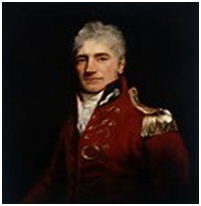
Lachlan Macquarie Arrived in Australia in 1809.
He was the 5th Governor. He brought his own Regiment to replace the NSW CORPS (called the RUM CORPS), who had a monopoly on some Imported Goods (such as RUM), and played a significant role in dismissing Governor Bligh. He was accompanied by his wife Elizabeth. Together they had a vision to lift the Colony of NSW beyond its beginnings as a Penal Colony.
It wasn’t long before Macquarie recognized the need to expand the Boundaries of the Colony. He enthusiastically encouraged exploration. Blaxland –Wentworth and Lawson crossed The Blue Mountains in 1813, and John Oxley was sent on expeditions to the North Coast and Inland. Macquarie also established new Townships on the edge of European settlement, including Bathurst, Windsor and Richmond.
Macquarie believed in reinstating reformed convicts( emancipists) to positions of authority and influence. Francis Greenway, a colonial architect, and William Redfern, Colonial Surgeon are two well known examples of this Policy. He even entertained them at Government House, much to the dismay of the Military and Colonial gentry.
As part of his ambitious Public Works program, he ordered the construction of roads and bridges to link Sydney with new Townships, and was responsible for the erection of over 200 Churches and Public Buildings, many of which are still standing today.
In 1822 Macquarie returned to England, after a British Government Audit carried out by John Bigge ( At the request of Lord Bathurst) criticised his Liberal policies and the extent of his Public Works program. He fought to vindicate his actions and restore his reputation. Macquarie was eventually granted a Pension in 1824, but died shortly after.
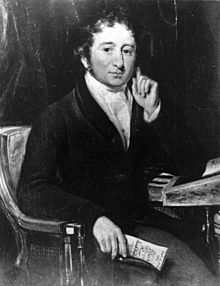
John Thomas Bigge b1780-d 1843
Judge –Royal Commisioner and Auditor
He investigated the State of Affairs in Australia for the Engllsh Government
This was after Governor Bligh’s dismissal and during the Governorship of Lachlan Macquarie.
.He understood Lord Bathurst’s decision in 1817 to determine the effectiveness of Transportation to act as a deterent to felons.
Bathurst wanted “Transportation” to be made an” object of real terror” Not the compassion that Macquarie had.
Therefore whilst Governor Macquarie restored control, he was too compassionate for the Convicts.
Unfortunately some of Bigge’s methods/and reports, were gained by Private Discussions, NOT by formally appointed Meetings.
He did not even sufficiently acknowledge the important development of Illawarra.
He was later given a similar appointment to investigate the Cape Colony, Mauritious and Ceylon.
He never married and lived a solitary retirement.

David Collins b1756 d 1810
Collins was appointed Deputy Judge Advocate of the First Fleet. He returned to England in 1797, where he was appointed to head the expedition to establish a Colony in Bass Straight-Port Phillip Bay. The site chosen at present day Sorrento, was judged unsuitable. Several months later Collins moved the settlement to Van Diemans Land where he established Hobart.

Lt: John Bowen
He arrived at Port Jackson in March 1803. Governor Phiilip Gidley King appointed him to relieve Joseph Foveaux as Governor of Norfolk Island. However that was cancelled. He offered his services to establish a settlement at Risdon Cove Van Diemans Land. Where he arrived 3 days after the Lady Nelson.
He had on board 21 male, 3 female convicts, members of the NSW Corps. And Free settlers and their Families.
Sometime after Collins arrived , he left and went back to England to serve in the Navy against France.
